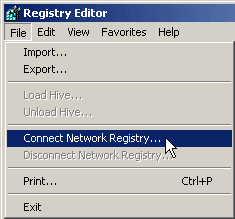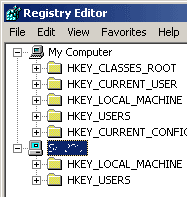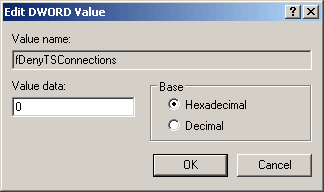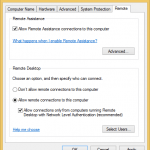Remote Desktop or RDP service is a free yet useful tool to remotely log on to remote computer and gain full access and privileges as if user is in front of local console. Remote Desktop is also known as Terminal Services. It’s useful if the server, or PC is located miles away in remote location, and frequent trip to the site to troubleshoot, configure or manage the system is not a viable option.
Although most versions of Windows operating system such as Windows XP, Windows Vista, Windows 7, Windows 8, Windows 8.1, Windows 10, and Windows Server operating system such as Windows 2000, Windows Server 2003, Windows Server 2008 (R2), Windows Server 2012 (R2), Windows Server 2016 and newer OS versions do come packaged with Remote Desktop, however it’s disabled by default. Turning on and enabling the Remote Desktop via local console is easy, where Microsoft provides similar GUI (graphical user interface) in all editions of Windows (refer to guide on enable Remote Desktop in Windows).
However, if an off-site server needs to be access via Remote Desktop Connection (RDC) client immediately, yet the Remote Desktop is not enabled on the server, then it will be a headache. Luckily it’s possible to remotely enable and turn of the Remote Desktop service on a remote PC or server by remotely editing its registry.
To remotely enable Remote Desktop on another computer, follow these steps:
- Login to the workstation with administrator credentials.
- Run Registry Editor (regedit).
- Click on File menu.
- Select the Connect Network Registry in the pull down menu.
- A “Select Computer” dialog search box is opened. Type the host name of the remote computer in the text box, or browse Active Directory to locate the remote server, or click on “Advanced” button to search for the remote computer.
- Click OK after the remote computer is selected. A node for the remote computer network registry will be displayed in the Registry Editor with HKEY_LOCAL_MACHINE (HKLM) and HKEY_USERS (HKU) hives.
- Navigate to the following registry key for the remote computer:
HKEY_LOCAL_MACHINE\SYSTEM\CurrentControlSet\Control\Terminal Server
- In the right pane, locate a REG_DWORD value named fDenyTSConnection. Double-click on fDenyTSConnection and change the value data from 1 (Remote Desktop disabled) to 0 (Remote Desktop enabled).
- Reboot the remote machine by issuing the following command in Command Prompt:
shutdown -m \\hostname -r
Replace hostname with the actual computer name of the remote host.
- Remote Desktop for the remote computer has been enabled, and listening on default Remote Desktop port for any incoming Remote Desktop Connection. For security reason, you may want to consider changing the Remote Desktop listening port.
There are also plenty of freeware utility that allows user to remotely enable Remote Desktop without modifying registry.










